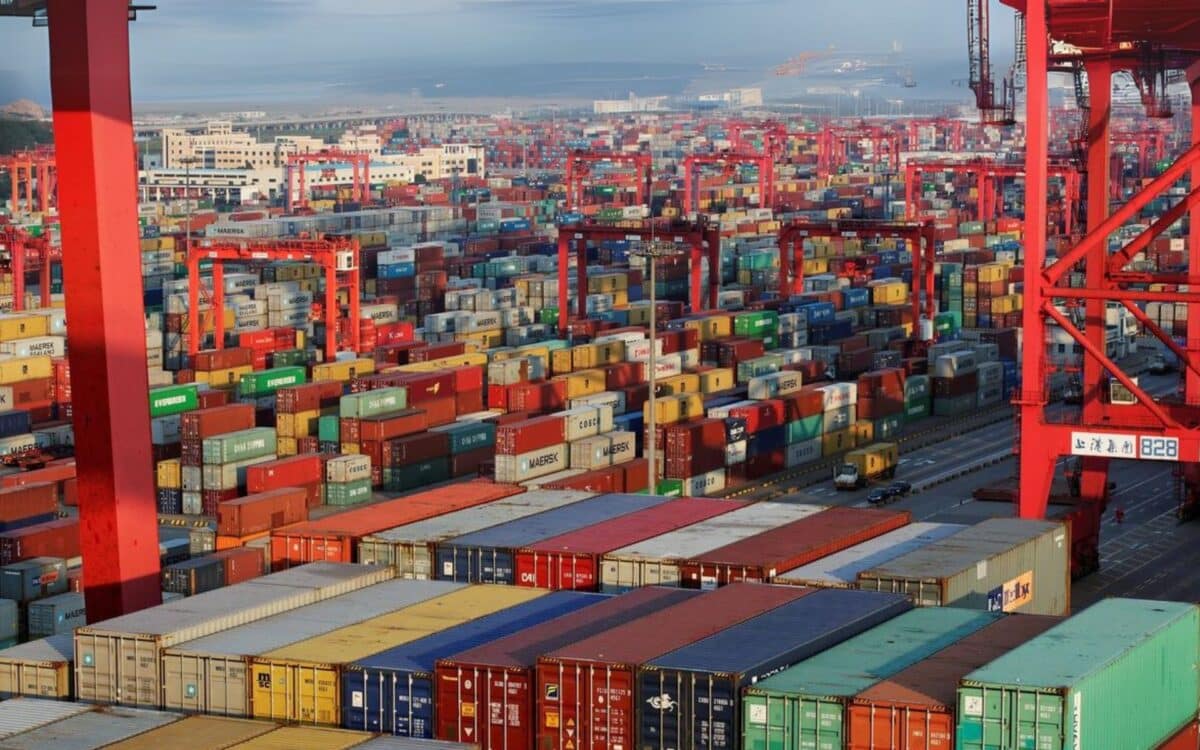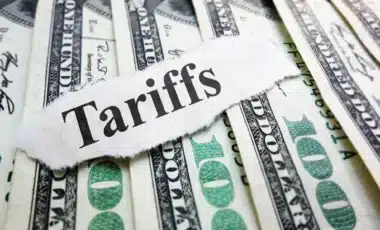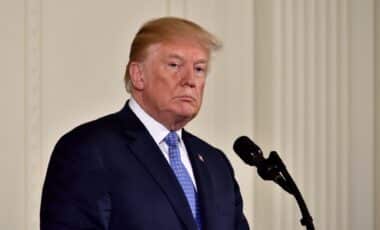The United States has enforced new import tariffs on Chinese goods, raising cumulative duties to 104% tariffs in a sweeping move that signals a deepening shift in the country’s trade doctrine.
This latest escalation targets a broad range of imports and extends to dozens of trading partners worldwide, underscoring the White House’s intent to challenge long-standing global trade arrangements.
According to The Sydney Morning Herald, the tariffs form part of a campaign to pressure surplus nations and rebalance trade flows in favor of US industries. The measure marks a significant turning point in how Washington manages economic competition with major powers.
A New Phase in the Us–China Trade Dispute
The decision to impose 104% tariffs was made after China refused to withdraw its latest 34% counter-tariff on US goods. The updated duties include an added 50%, bringing the cumulative rate to at least 104%.
While Beijing has responded to past rounds with its own penalties, it held back this time, choosing instead to reaffirm its right to retaliate at a later stage.
At a press conference in Beijing, Foreign Ministry spokesman Lin Jian warned,
If the US overlooks the interests of the two countries in the international community, and is determined to fight a tariff and a trade war, China’s response will continue to the end.
Yet no immediate countermeasure was announced, signaling a possible strategic pause.
International Partners Caught in the Crossfire
Beyond China, the United States has extended its measures to several trading partners. Vietnam and Cambodia, key sites for Chinese-owned manufacturing, now face tariffs of 46% and 49%, respectively.
The European Union is also affected, with 20% levies, while South Korean and Japanese exports, including automobiles and electronics, are taxed at 26% and 24%.
Despite mounting criticism from trade partners and domestic analysts, President Donald Trump defended the tariffs during a Republican black-tie dinner, stating,
I’m telling you, these countries are calling us up, kissing my ass. They are. They’re dying to make a deal.
Trump also took to Truth Social, declaring,
China also wants to make a deal, badly, but they don’t know how to get it started. We are waiting for their call. It will happen!
Sharp Reaction From Financial Markets
Financial markets across Asia reacted with sharp declines following the implementation of the tariffs. Japan’s Nikkei 225 slid by around 5%, while stock exchanges in South Korea and Hong Kong recorded losses of approximately 2%.
In Australia, the S&P/ASX 200 fell by 1.8%, highlighting investor concern over the deteriorating trade climate.
The market volatility underscores fears of broader economic disruption as global supply chains adjust to the evolving landscape. The United States’ decision to impose 104% tariffs has intensified speculation about a potential economic slowdown if the dispute with China remains unresolved.
Beijing Signals Resilience and Strategic Calm
In the wake of these developments, China has conveyed a message of economic confidence. Premier Li Qiang, speaking during a phone call with EU Commission President Ursula von der Leyen, said Beijing had sufficient policy tools to
Completely offset adverse external impacts – He added,
China is full of confidence in maintaining its own sustained and healthy economic development.
Meanwhile, Chinese state media reported the release of a new White Paper addressing trade relations with the United States. The document described the tensions as a normal phase in bilateral ties and expressed confidence that such issues could be resolved through dialogue.
Despite its firm tone, Beijing’s decision not to retaliate immediately may indicate a wait-and-see strategy, preserving room for negotiation while showcasing a posture of strength.









